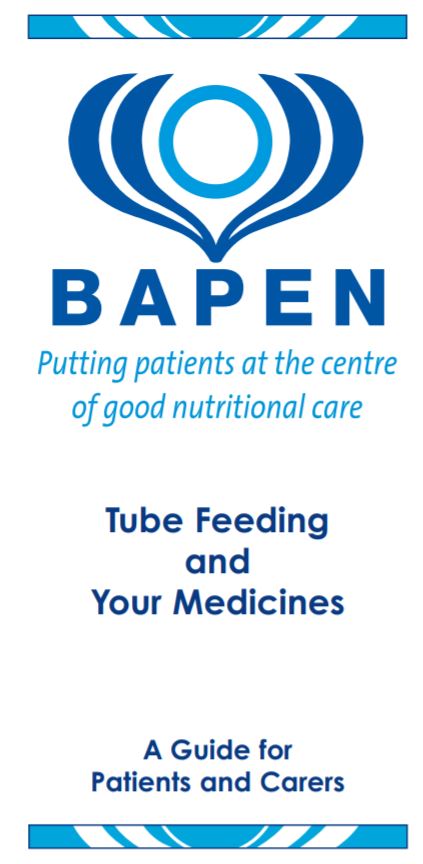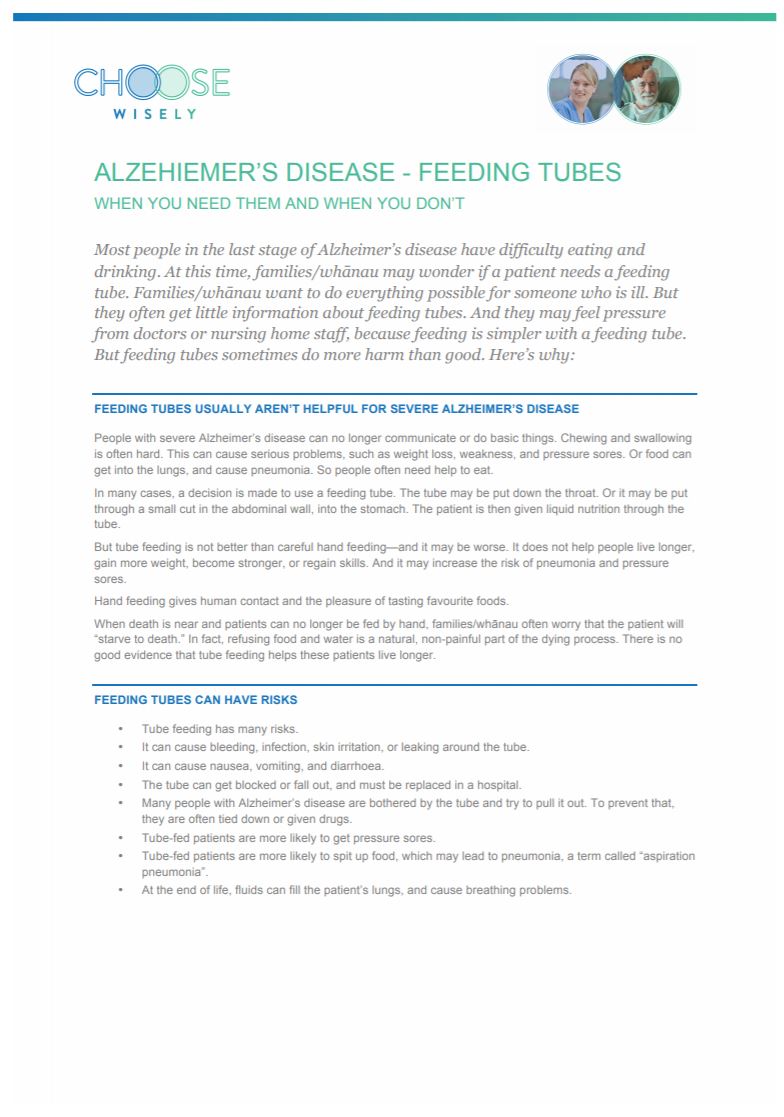Liquids
Liquid medicines that are usually taken by mouth can usually be taken in a feeding tube. If you are unsure whether your medicine is available in a liquid, ask your pharmacist. Some liquid medicines are very thick and you may need to mix them with water before putting them down the tube. This should be done just before giving the dose.
Tablets
If your medicine comes in tablets only, ask your pharmacist whether your tablets can be crushed before you take them using a feeding tube. Only certain tablets can be given this way.
- Immediate release tablets: These are ‘ordinary’ tablets. Sometimes they are sugar or film coated. Some of these tablets will disperse (dissolve or break down) if left in water.
- Soluble tablets: These tablets dissolve completely to leave a clear or coloured solution.
- Dispersible tablets: These tablets break down to a fine powder when put in water.
- Special release: These tablets may be called slow release, modified release or enteric coated. They usually have the letters XL, LA, SR, MR, EC or CR in the name. These should NOT be crushed and are not suitable for use through a feeding tube.
Capsules
If your medicine comes in capsules only, ask your pharmacist whether your capsules can be opened and dispersed in water before taking them.
Most capsules have a gelatin shell with loose powder inside that can be mixed with water. Some contain granules and others are soft capsules filled with liquid.
Some capsules are special release, and have coated beads inside. These may be called slow release, modified release or enteric coated and usually have the letters XL, LA, SR, MR, EC or CR in the name. These should NOT be crushed and are not suitable for use through a feeding tube.









